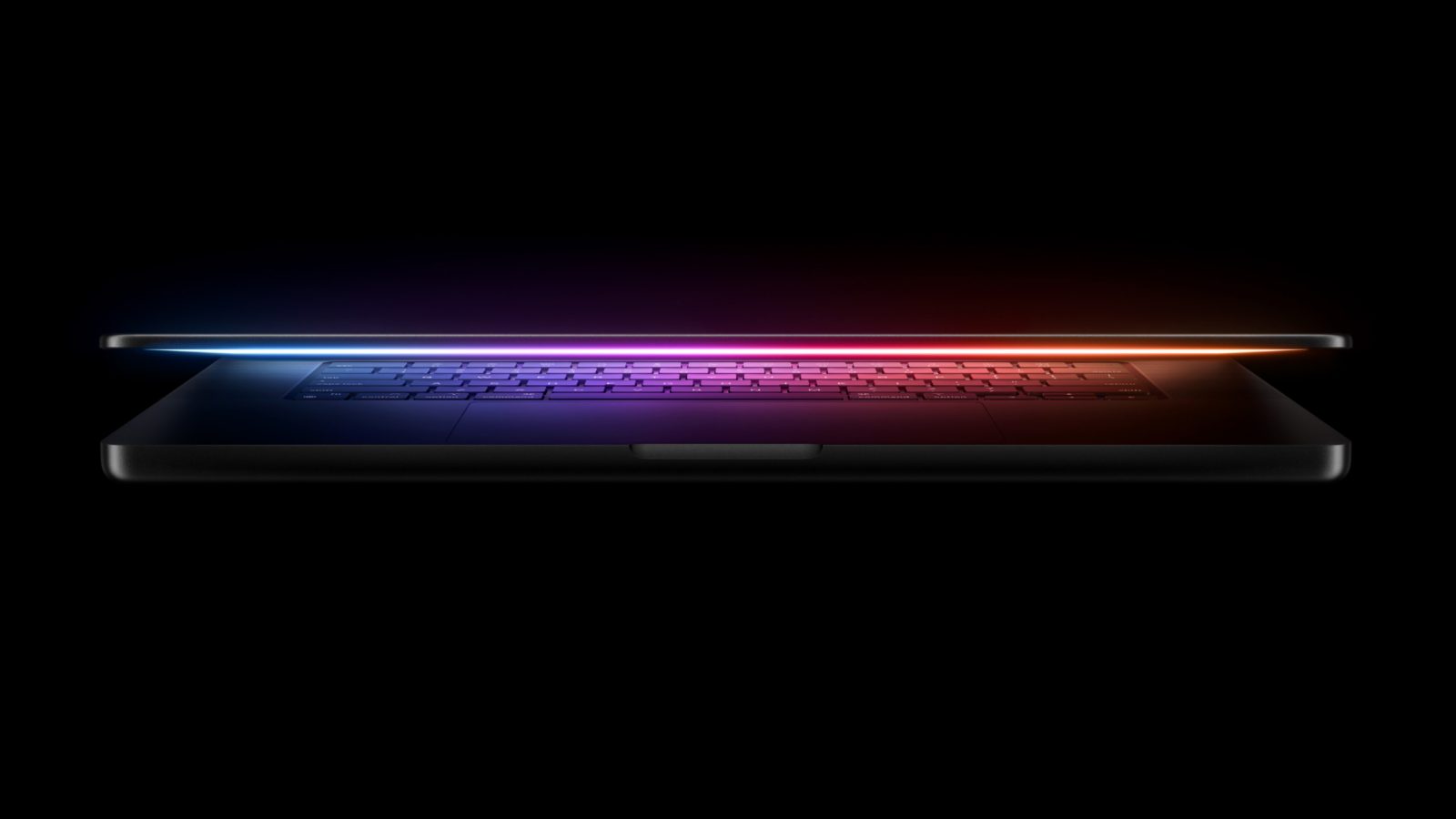Apple is poised to introduce its first foldable iPhone in 2026, marking a significant shift in its product lineup. Unlike its previous groundbreaking launches, this move positions Apple as a late entrant into a market already well-established by competitors like Samsung, Huawei, and Xiaomi.
Apple’s Approach: Refinement Over Reinvention
Historically, Apple has been at the forefront of innovation, reshaping industries with products like the iPhone and iPad. However, the foldable iPhone is set to enter a domain where rivals have already made substantial strides. Samsung’s Galaxy Z Fold series, for instance, has been refining the foldable experience since 2019, addressing challenges such as screen creases and hinge durability. The latest Galaxy Z Fold 7 exemplifies these advancements, offering a polished user experience that has resonated with consumers.
Apple’s strategy appears to focus on enhancing existing technologies rather than introducing radical changes. Collaborating with Samsung Display, Apple aims to develop a crease-free foldable OLED screen, a feature that could set its device apart in terms of display quality. Additionally, the company is reportedly working on a robust hinge mechanism to ensure durability and a seamless folding experience.
Design and Specifications: Balancing Form and Function
Leaked information suggests that the foldable iPhone will feature a 5.5-inch external display and a 7.8-inch internal screen, offering a tablet-like experience when unfolded. This design mirrors the book-style layout seen in existing foldable devices. In terms of dimensions, the device is expected to be approximately 4.5 mm thick when unfolded and between 9 to 9.5 mm when folded, making it slimmer than many current foldable smartphones.
To achieve this sleek profile, Apple may incorporate high-density battery cells similar to those planned for the upcoming iPhone 17 Air. However, this emphasis on thinness could lead to compromises, such as the potential omission of Face ID due to design constraints. Instead, the device might feature Touch ID integrated into the side button, akin to the iPad Air. The casing is rumored to be made of titanium alloy, with a hinge constructed from a combination of stainless steel and titanium, ensuring both durability and a premium feel.
Market Timing: A Calculated Entry
Apple’s decision to enter the foldable market at this juncture appears to be a strategic one. The company has a history of observing emerging technologies, learning from competitors’ experiences, and then introducing its own refined versions. By waiting until 2026, Apple can leverage advancements made by other manufacturers, addressing early issues and meeting consumer expectations more effectively.
The foldable smartphone market has seen fluctuating interest, with a notable decline of 38% year-over-year in Q3 2024. Analysts predict that Apple’s entry could rejuvenate the segment, potentially triggering a 30% growth forecast for 2026. This optimism is rooted in Apple’s strong brand loyalty and its reputation for delivering high-quality products.
Pricing and Production: Targeting the Premium Segment
Reports indicate that the foldable iPhone will be positioned as a premium device, with an anticipated price point around $2,000. This pricing strategy aligns with Apple’s approach to target high-end consumers willing to invest in cutting-edge technology. Initial production volumes are expected to be limited, allowing Apple to gauge market response and adjust its strategy accordingly.
Software Integration: Preparing for a Foldable Future
In tandem with the hardware development, Apple is reportedly preparing iOS 27 to support foldable-specific features. This includes adapting the user interface to accommodate the unique form factor, ensuring a seamless experience whether the device is folded or unfolded. Such integration signals Apple’s commitment to foldable technology as part of its long-term roadmap.
Conclusion: A Strategic Move into Foldable Technology
While Apple may be entering the foldable smartphone market later than its competitors, its approach focuses on refinement and leveraging its ecosystem to attract existing users. By addressing known issues and integrating foldable technology into its software and hardware seamlessly, Apple aims to offer a compelling product that appeals to both loyal customers and new adopters. The foldable iPhone may not revolutionize the market, but it has the potential to solidify foldable devices as a mainstream choice for consumers.



